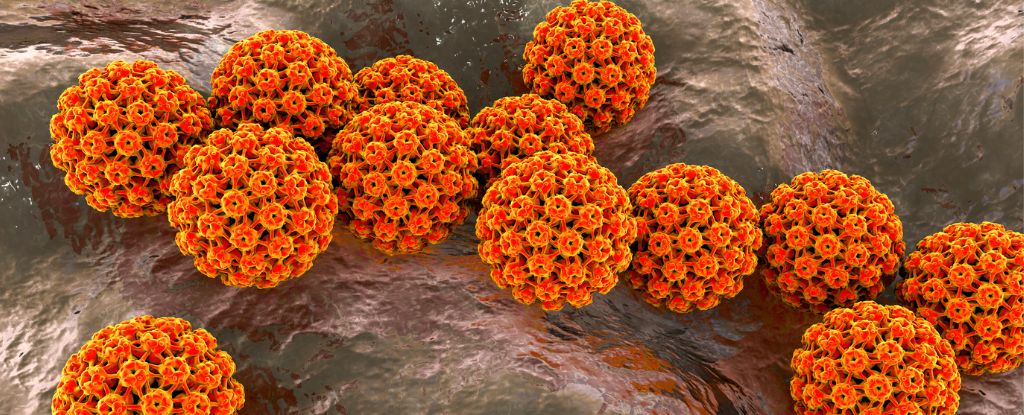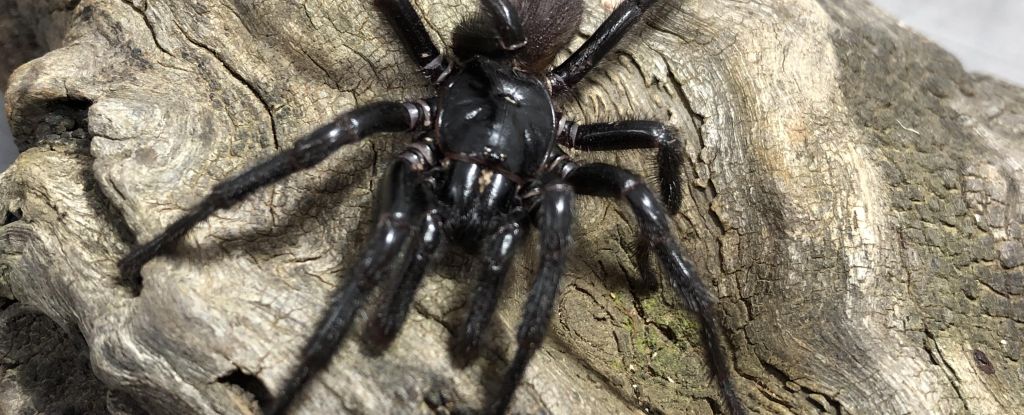Men are at risk of contracting dangerous forms of oral human papillomavirus (HPV) throughout their lives, according to new research.
To prevent the formation of HPV-associated cancers in the throat and mouth, the authors of the study hope their findings improve vaccination coverage, not just among young men but among middle-aged men who missed the opportunity to be vaccinated earlier.
Oropharyngeal cancers, which occur in the throat and mouth, have reached epidemic levels in some parts of the world, including the US and Europe, and men are much more likely to be diagnosed as women, even if they don’t have other risk factors for cancer, like smoking or drinking.
The new evidence from the US, Brazil, and Mexico suggests a preventable infection is contributing to that surge.
Among 3,137 healthy men, aged 18 to 70, researchers found the risk of acquiring a new, cancer-causing strain of HPV “did not differ by age”. In other words, men were susceptible to the infection throughout their lifetime, not just in their youth.
HPV can be sexually transmitted, and while not all strains of the virus cause cancer, strains HPV-16 and HPV-18 are present in up to 90 percent of HPV-associated oral cancer cases.
The good news is that there’s a vaccine, and it protects against both of those strains.
The bad news is that young males are receiving the HPV vaccine at much lower rates than young females, which could explain why oropharyngeal cancers are continuing to rise, even while cervical cancer cases plummet.
Today, the US Centers for Disease Control and Prevention recommend that all young people in the US up to age 26 are vaccinated against HPV to help prevent certain deadly cancers. Over that age, however, the vaccine is only recommended for males who are immunocompromised or who have other risk factors.
“HPV vaccination of people in this age range provides less benefit, for several reasons, including that more people in this age range have already been exposed to HPV,” reads the CDC website.
But that may not be true after all. Very few studies have examined the lifetime risk of oral HPV infections among males in any rigorous way. Most studies have focused only on males with male sexual partners.
And oral sex isn’t the only way to contract oral HPV. Some reports suggest the virus can be passed around via fingers, mouth, and skin contact.
The authors of the current study, led by researchers at the Moffitt Cancer Center in Florida, collected two oral gargle samples from male participants on at least two occasions between 2007 and 2016.
Nearly 20 percent of their cohort had a prevalent oral HPV infection at baseline, and nearly 6 percent had a strain that is known to cause cancer.
“Our study underscores the importance of continued vigilance against oral HPV infections,” explains epidemiologist Anna Giuliano, founder of the Center for Immunization and Infection Research in Cancer at Moffitt.
“The consistent rate of HPV acquisition across ages and the significant regional variations call for tailored vaccination strategies and greater awareness to help prevent HPV-related oropharyngeal cancers.”
HPV-16 was the most prevalent type found in the study cohort, and risk factors for acquiring that strain included alcohol consumption, having male sexual partners, more lifetime female sexual partners, more oral sex given, and higher educational attainment.
With age, the chance of developing oral cancers associated with HPV-16 increased.
Epidemiologist Karin Sundström from the Karolinska Institute in Sweden, who was not involved in the research, agreed the findings were “of high priority to disseminate, since they will inform modeling studies and public health efforts more thoroughly than the currently rather patchy data we possess on oral HPV infections over the life span.”
The study was published in Nature Microbiology.





